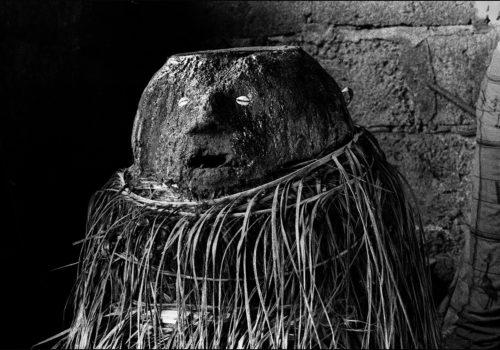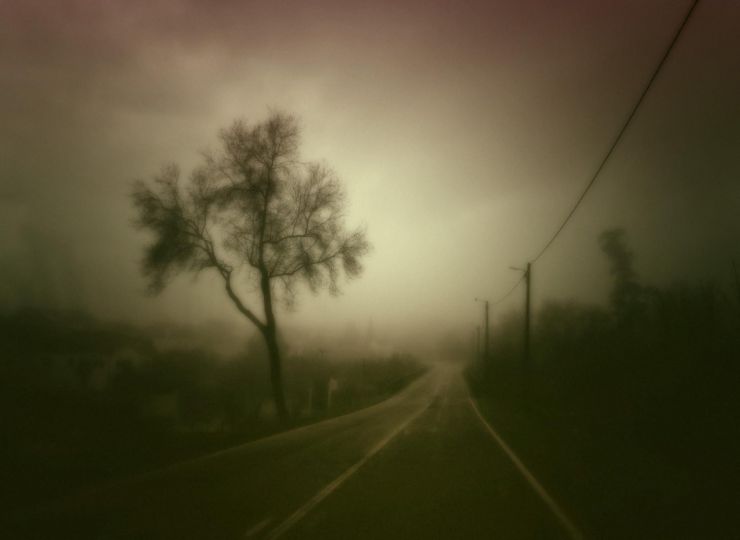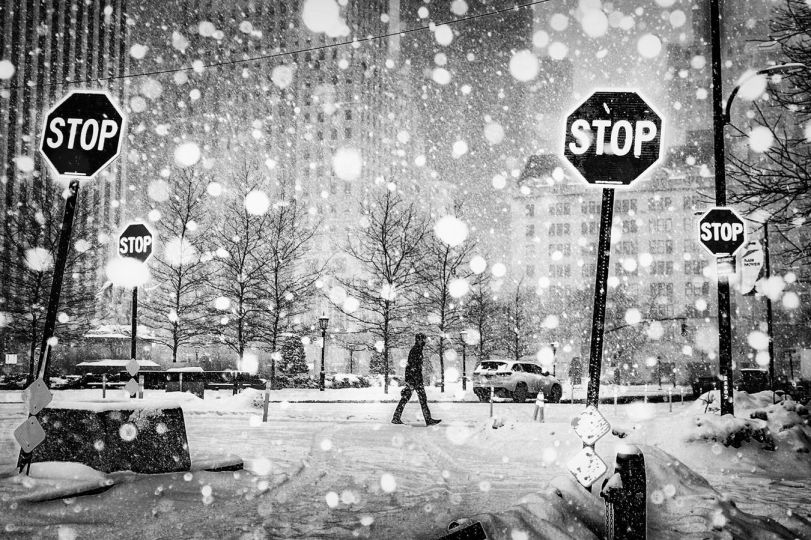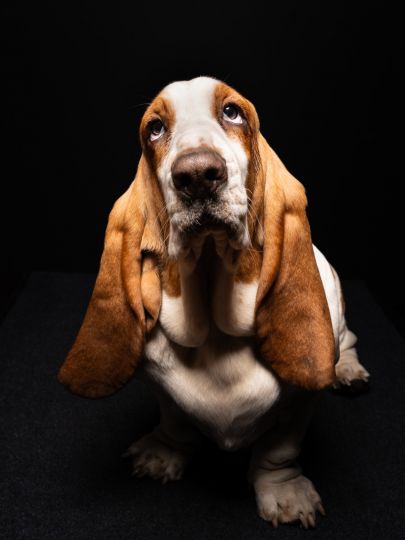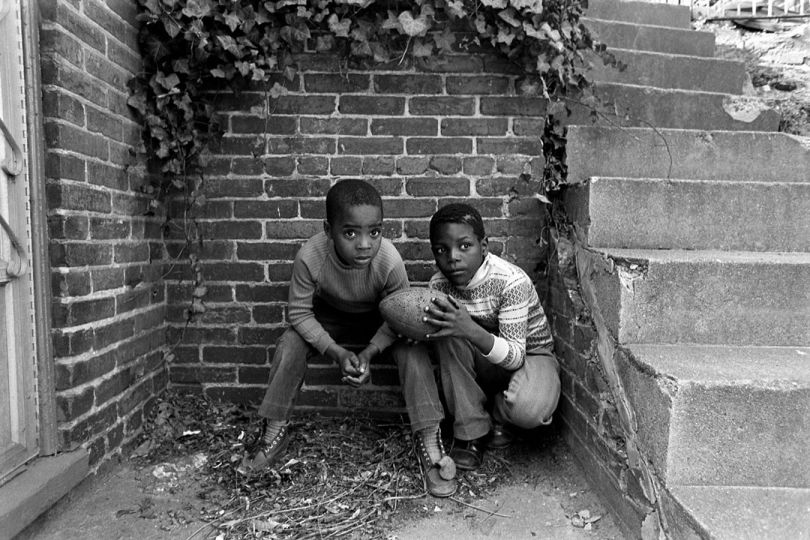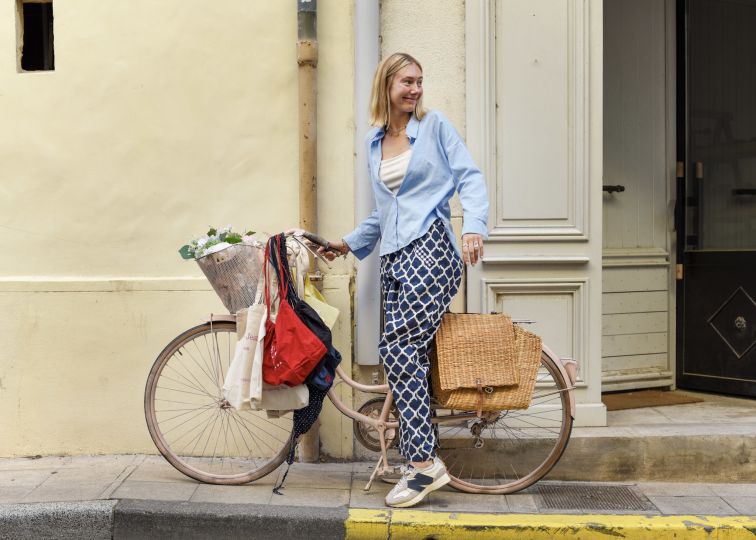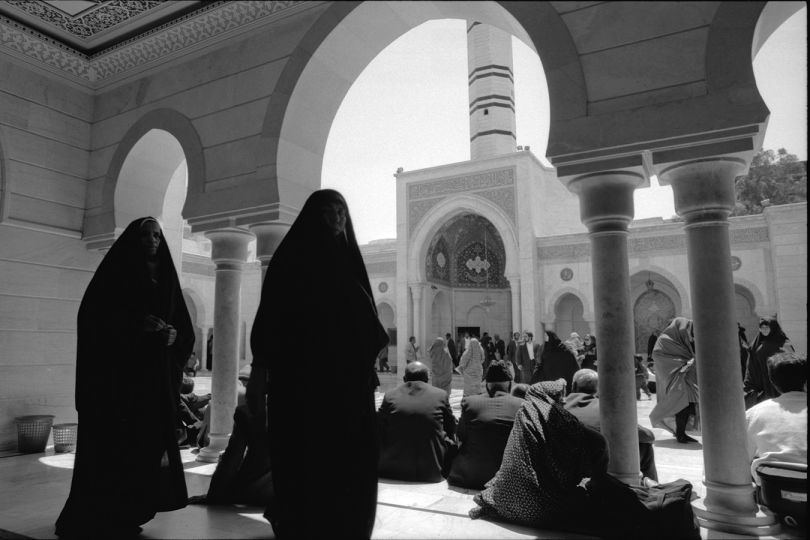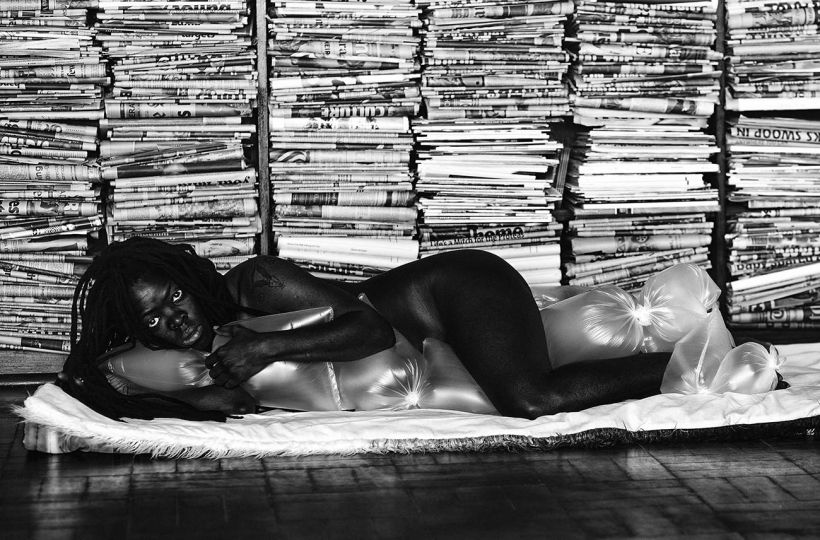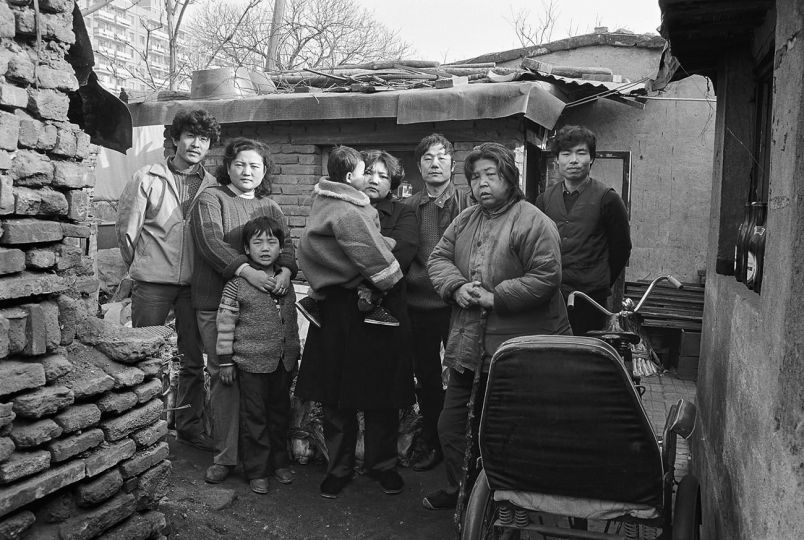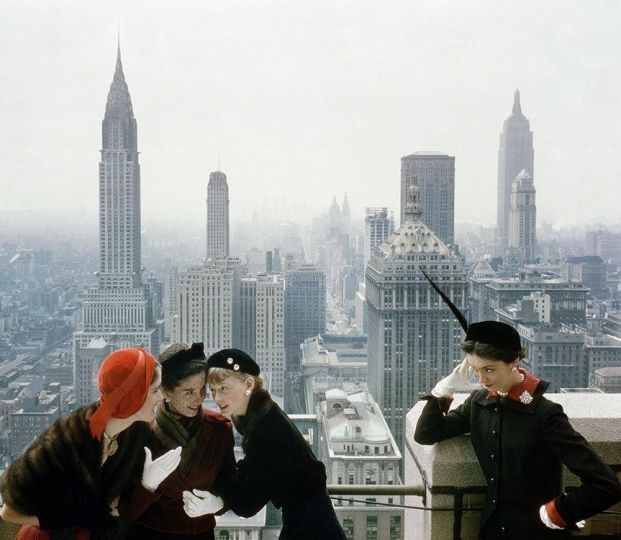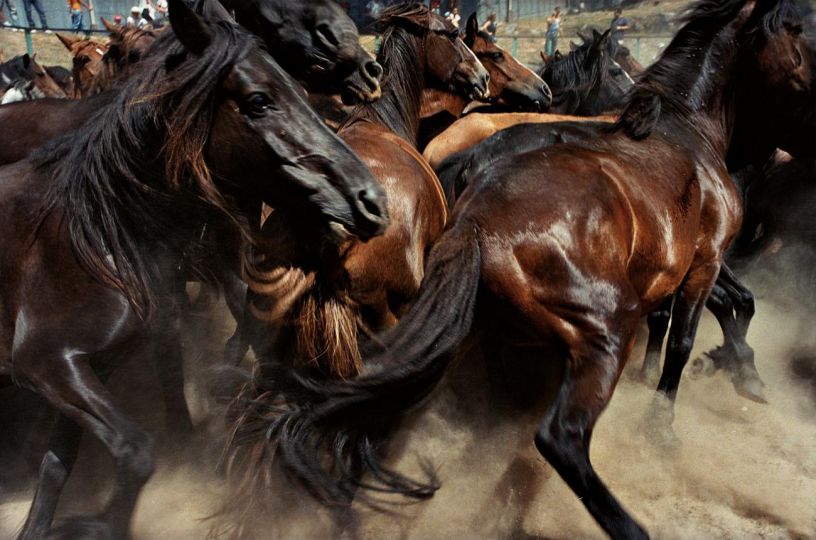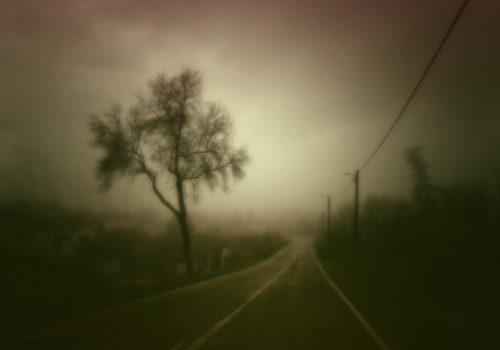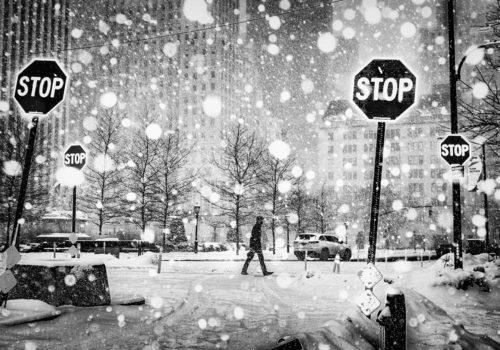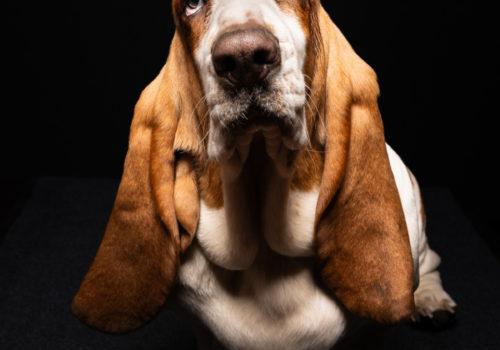In Western culture, the voodoo religion has long been considered a tissue of bloodthirsty and evil superstitions. We allowed ourselves to categorize voodoo in the same way as magic or witchcraft, relegating voodoo cults to the rank of primitive, ancestral, frozen practices. However, the voodoo are contemporary to us.
Established since time immemorial, they coexist alongside Christianity and Islam. Its “pantheon” hosts the main figures of Mawu-Lisa, Hevieso, Sakpata and others, peripheral, such as Egu, Mami Watta, Dan and Zangbeto.
Voodoo, in the photographic experience of Catherine De Clippel, refers to the optical idea of the hole, of an orifice arranged in a darkroom. A place and a moment, a sensory experience that must be intentionally and effectively renewed in order to ward off external threats. What difference do we find between the dark room and the closed enclosure of voodoo? In one as in the other, Man, whether Western or not, seeks appeasement and therapy and ardently wishes to find the harmony of a still fragile and subjective world. If the facts are obscure, they are no less stubborn. They appear, fruits of chance and daily observation, and accumulate, orphans, before finding their place in an a temporary organized discourse. Visual anthropology constructs its object mistrusting the word in order to inscribe others. More accurate, for a time because closer to the sensitive.
Catherine De Clippel : Photographier les vodous
Until February 5, 2023
Centre de la photographie de Mougins
43 rue de l’Église
06250 Mougins
www.cpmougins.com

